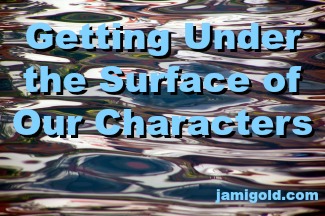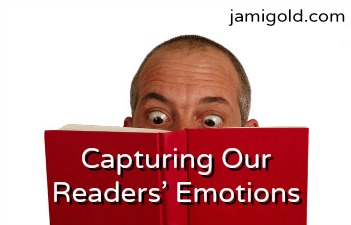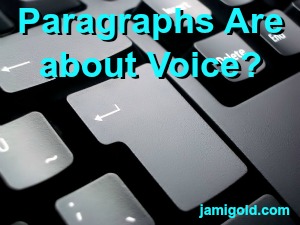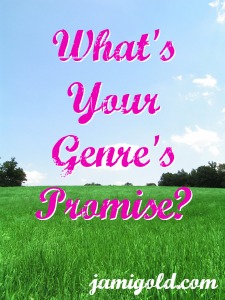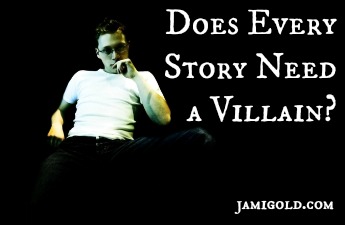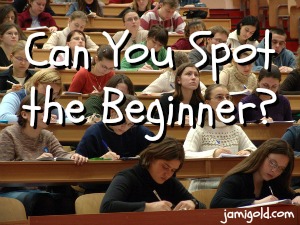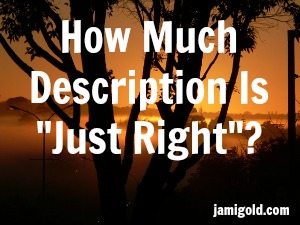I’ve written many times about how much I love subtext, the stuff that happens between the lines. Subtext lurks in many aspects of our stories and helps immerse readers and add realism and tension. In addition, subtext can help us build layered characters.
Pin It
Read More
To create a great emotional story, we need to know not only the vocabulary of describing emotions, but also how we can evoke emotions in our readers. Marcy Kennedy’s here to show us how deep point of view can help us evoke those emotions we want within our readers.
Pin It
Read More
From school, we’re probably all familiar with using topic sentences to break ideas into paragraphs in non-fiction, but the rules are different for fiction. Choosing where to put paragraph breaks is one of the most voice-dependent decisions we can make as writers.
Pin It
Read More
Reader complaints about editing quality usually focus on grammar and word choice and usage. That potential of being called out in reviews is just one reason why copyediting is so important. Sometimes the wrong usage of a word or punctuation mark can even change the meaning of our writing, as Misti Wolanski is here to show us today.
Pin It
Read More
Theme is one of those concepts that can be hard to understand, but by understanding themes, we’ll better satisfy our readers. In the recent debate about the romance genre’s requirement for a happy ending, the controversy comes down to themes, believe it or not. *smile*
Pin It
Read More
Our stories consist of many elements—from backstory to dialogue—that each contribute to our story. Yet we can overdo those elements with an information dump. How can we include the different elements while making sure we don’t cross over into Info Dump Land? Let’s talk options…
Pin It
Read More
Conflict is one of those words we all think we understand, but the writing-world meaning doesn’t have the same connotation as the non-writing meaning. Yet it’s only after understanding conflict that we’ll see the difference between antagonists and villains in storytelling.
Pin It
Read More
I’ve spoken many times about our learning curve as writers. Not only can it seem endless, but we can also be skilled at one aspect and unskilled in another. So at what point can we stop thinking of ourselves as beginning writers? When will we be “qualified” for the advanced stuff?
Pin It
Read More
For every aspect of our story, we have to find the right balance. One element many writers struggle with is description: too little leaves our readers floating without an anchor, and too much drags our story’s pacing. So how do we find the right amount and know whether we need more or need to cut?
Pin It
Read More
If we’ve ever had a friend ramble or go off on tangents when describing a movie, we understand how story structure can help make stories more enjoyable. In other words, good story structure is an important element of good storytelling. Here’s how we can learn to analyze the structure of stories…
Pin It
Read More

